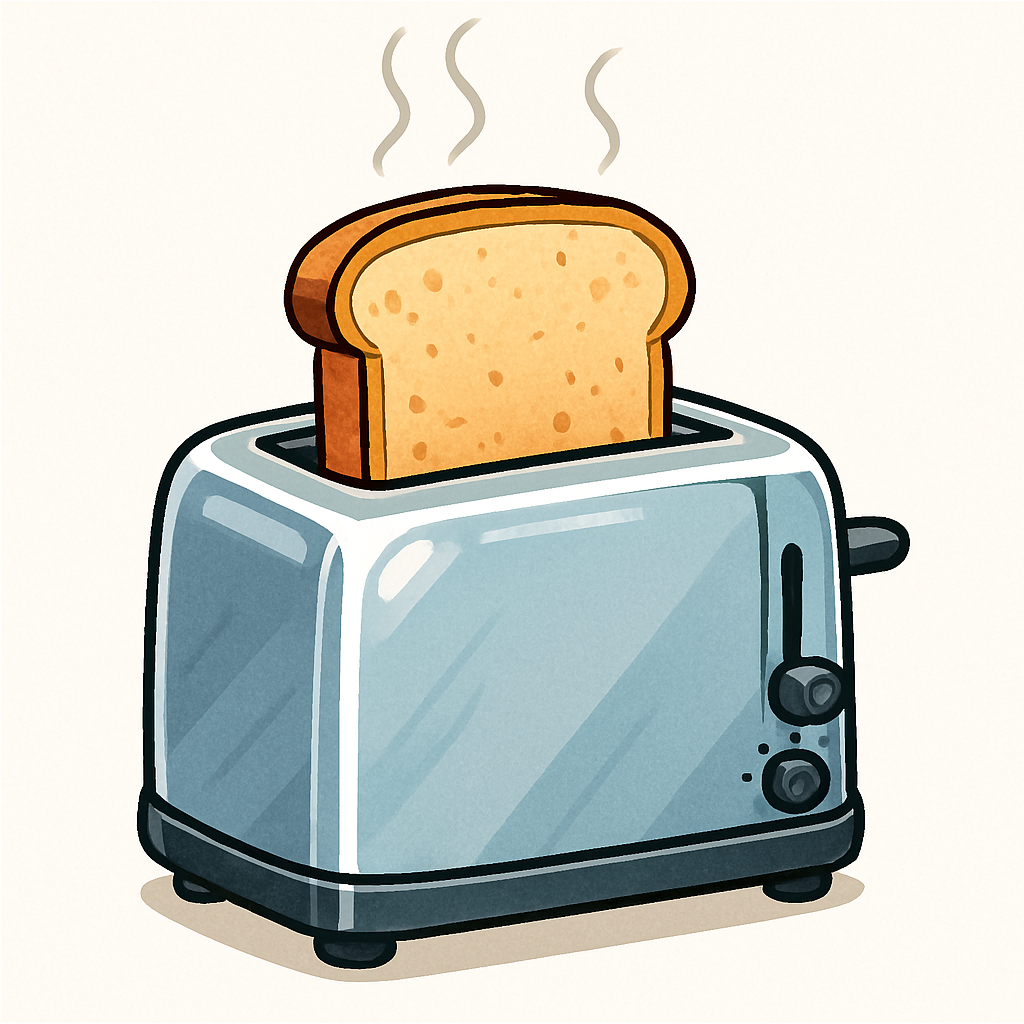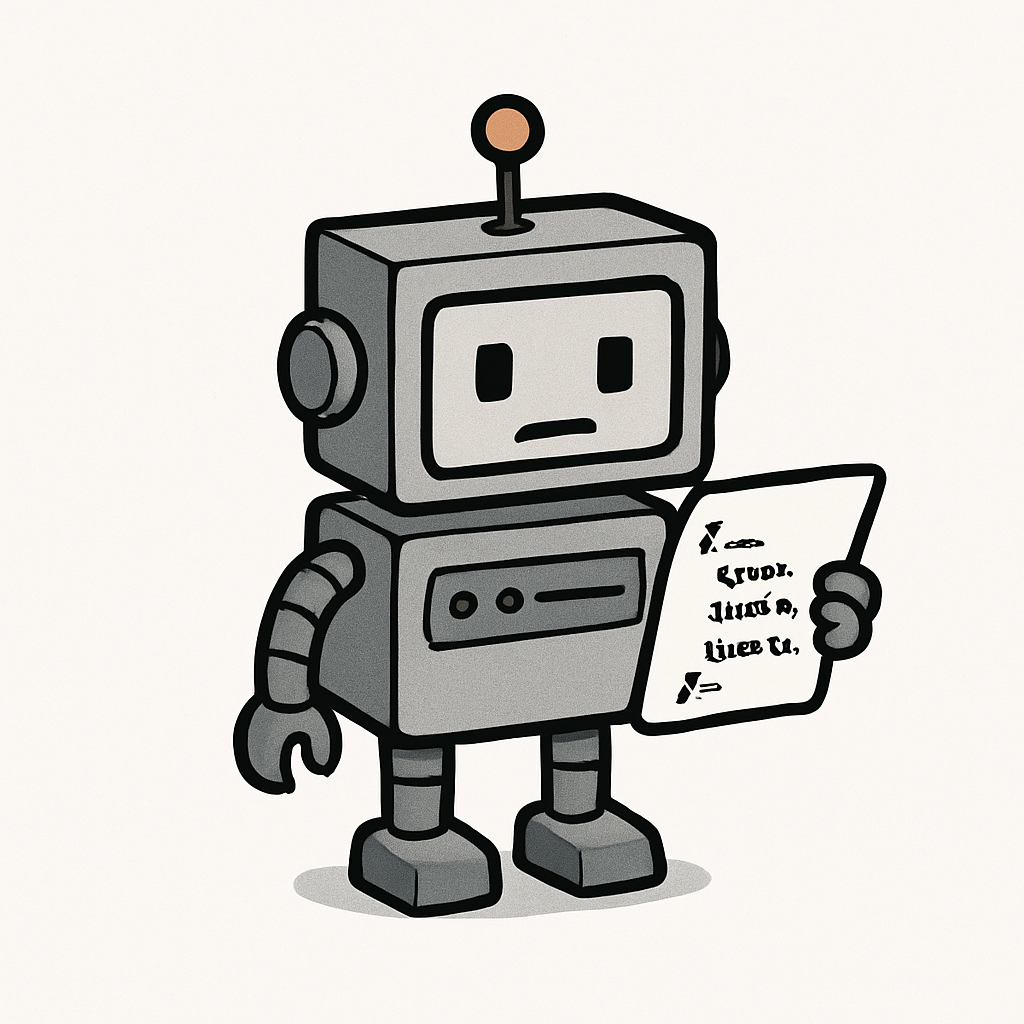This lesson will help students turn everyday tasks into clear, step-by-step algorithms. They will prove that order matters by having a partner follow their instructions exactly, spotting where precise wording makes all the difference.
To begin, show the following scrambled steps for making toast on your interactive whiteboard. 
Invite your class to reorder them into a sensible sequence. As they work together, guide them to realise that the order is critical.
For instance, ask them what would happen if they spread the butter before toasting the bread, or if they tried to press the lever before plugging in the toaster.
Before they begin, it's crucial to get your students thinking like a computer programmer. To do this, explain that the robot they're about to program is incredibly literal and has no common sense—it can only do exactly what's written, nothing more, nothing less.
To illustrate this, display the following instruction on the board: “Spread Butter.”
Then, invite your students to imagine all the ways this instruction could go wrong. Guide them to see that the robot wouldn’t know where to spread the butter, or what to spread it with.
Emphasise the need for precision. Now, display the rules below on the board and keep them visible as a guide.
Rules for Writing Your Algorithm:
One action per step: Every step should be a single, clear command. For example, instead of a vague instruction like, “Make toast,” use a clear one: “Put one slice into the left toaster slot.”
Start with a strong verb: Each instruction should begin with a powerful verb that tells the robot what to do, like plug, place, press, wait, remove, or spread.
Name objects and locations precisely: Don't make the robot guess. Be specific by naming objects and locations, such as “the lever on the right” or “the plate on the table.”
Use numbers, sizes, and timing: To avoid ambiguity, include measurements when possible, such as “wait 60 seconds,” “spread 1 teaspoon,” or “move 2 steps.”
Finish with a clear end step: A good program always has a clear conclusion, so your algorithm should end with a final step that signals the task is complete.
Now it’s time to put these new rules into practice. Divide your class into groups of 4-5 students.
Display the following list of everyday tasks that can be broken down into 5-6 steps. Assign one task to each group.
Their challenge is to collaborate and write a clear, step-by-step algorithm for their assigned task, using the rules you just reviewed.
Remind them that their job is to write code that’s so precise, a robot could follow it perfectly!
Putting on a jacket: This routine has a clear sequence, from putting an arm in a sleeve to zipping or buttoning it up.
Washing your hands: A fantastic example because the sequence is specific and crucial for a successful (and hygienic) outcome.
Sharpening a pencil: A very common classroom task with a clear, step-by-step process.
Getting a book from a shelf: This simple routine requires a precise sequence of actions to be successful.
Getting a drink of water from a tap: This is a universal task with a clear, specific order of operations.
Drawing a simple shape (e.g., a star or a stick figure): This is a good visual task where each line is a step in the sequence.
Putting on a pair of shoes: This is a good one to highlight the importance of order (for example, putting on socks first).
Distribute the arrow-box worksheet to each student. Explain that this worksheet has three different challenges to help them become expert programmers.
First, point out the two sequences at the top of the page where the instructions are given but are in the wrong order. Explain that their first task is to become a debugger and solve the puzzle by correctly reordering the steps.
Then, direct their attention to the last sequence, which is completely blank. Tell them this is where they will become a programmer. Their challenge is to create their own algorithm for an everyday task, making sure every single step is in the correct order.